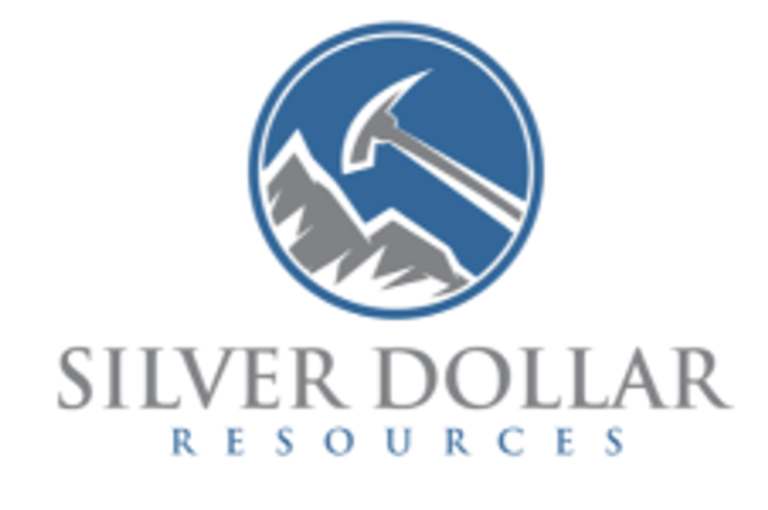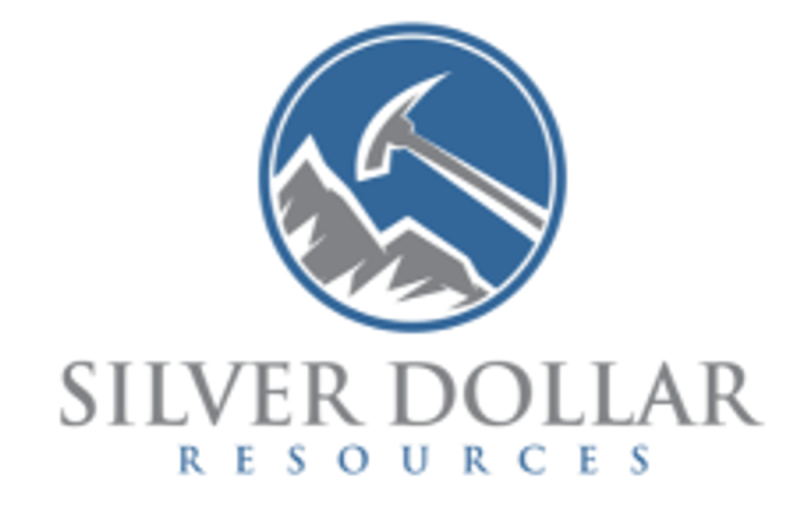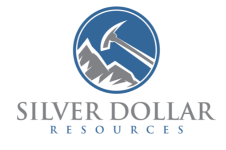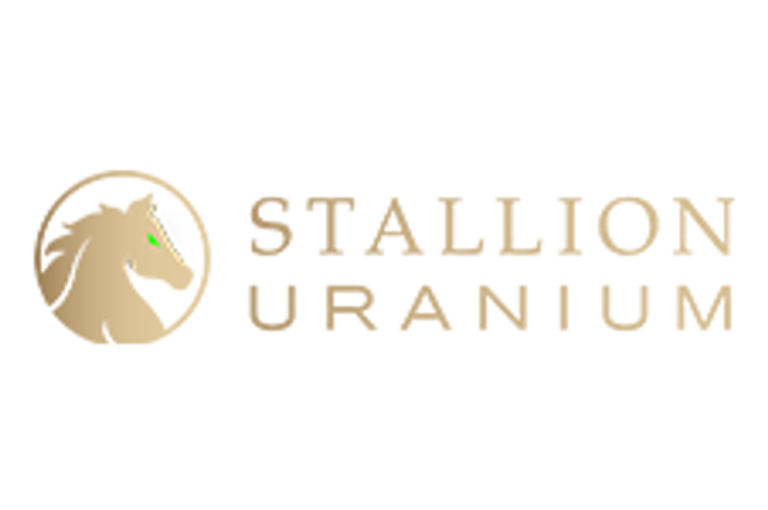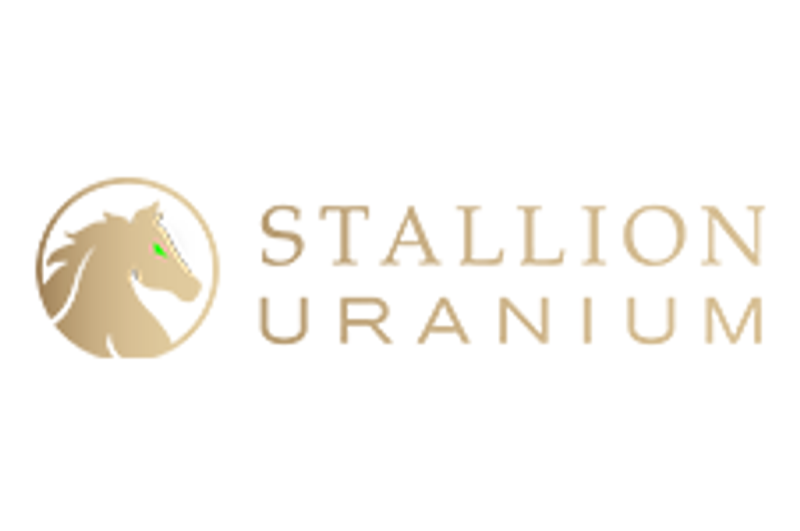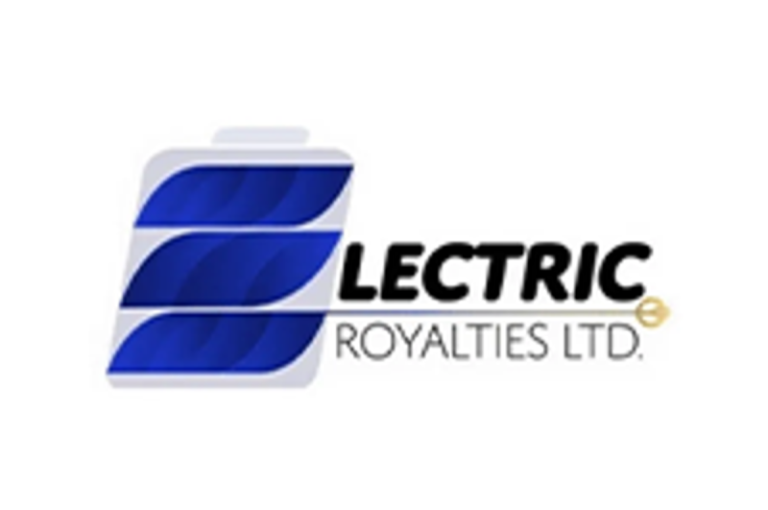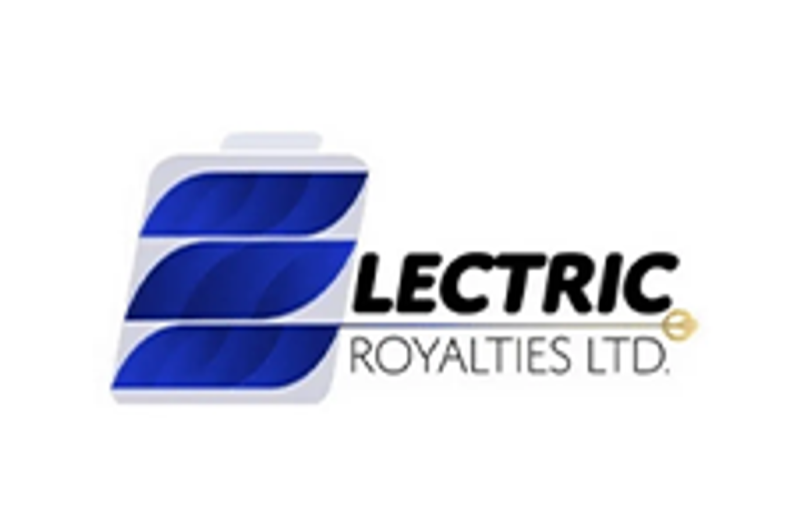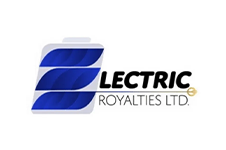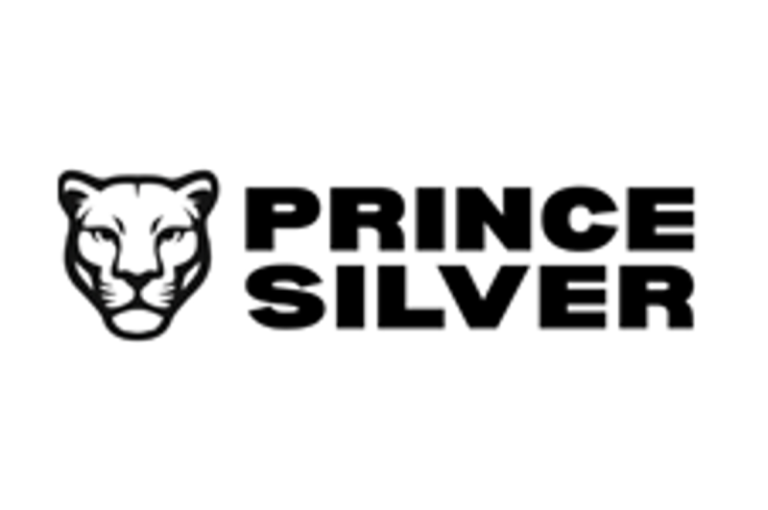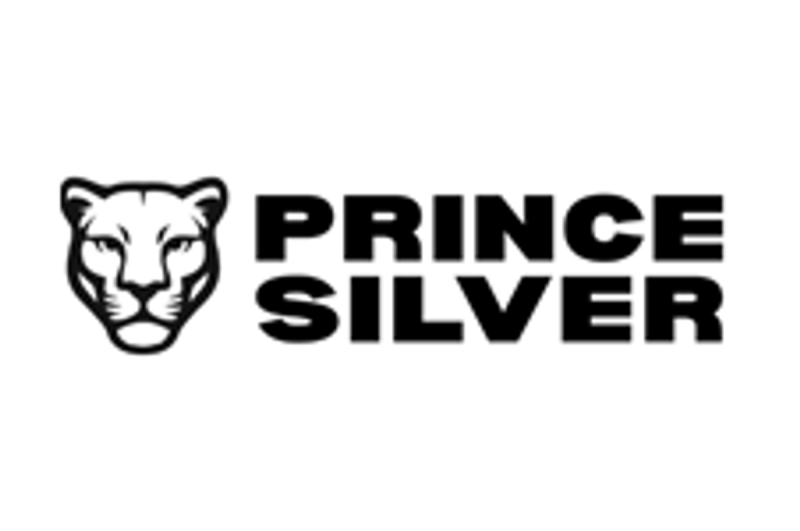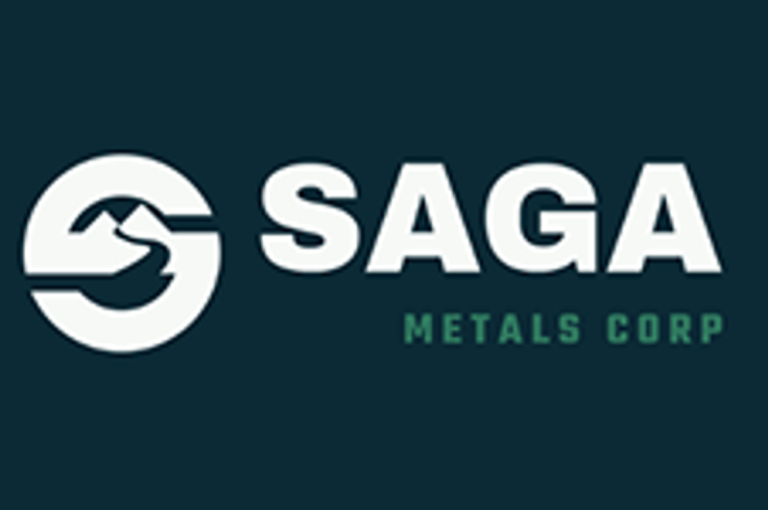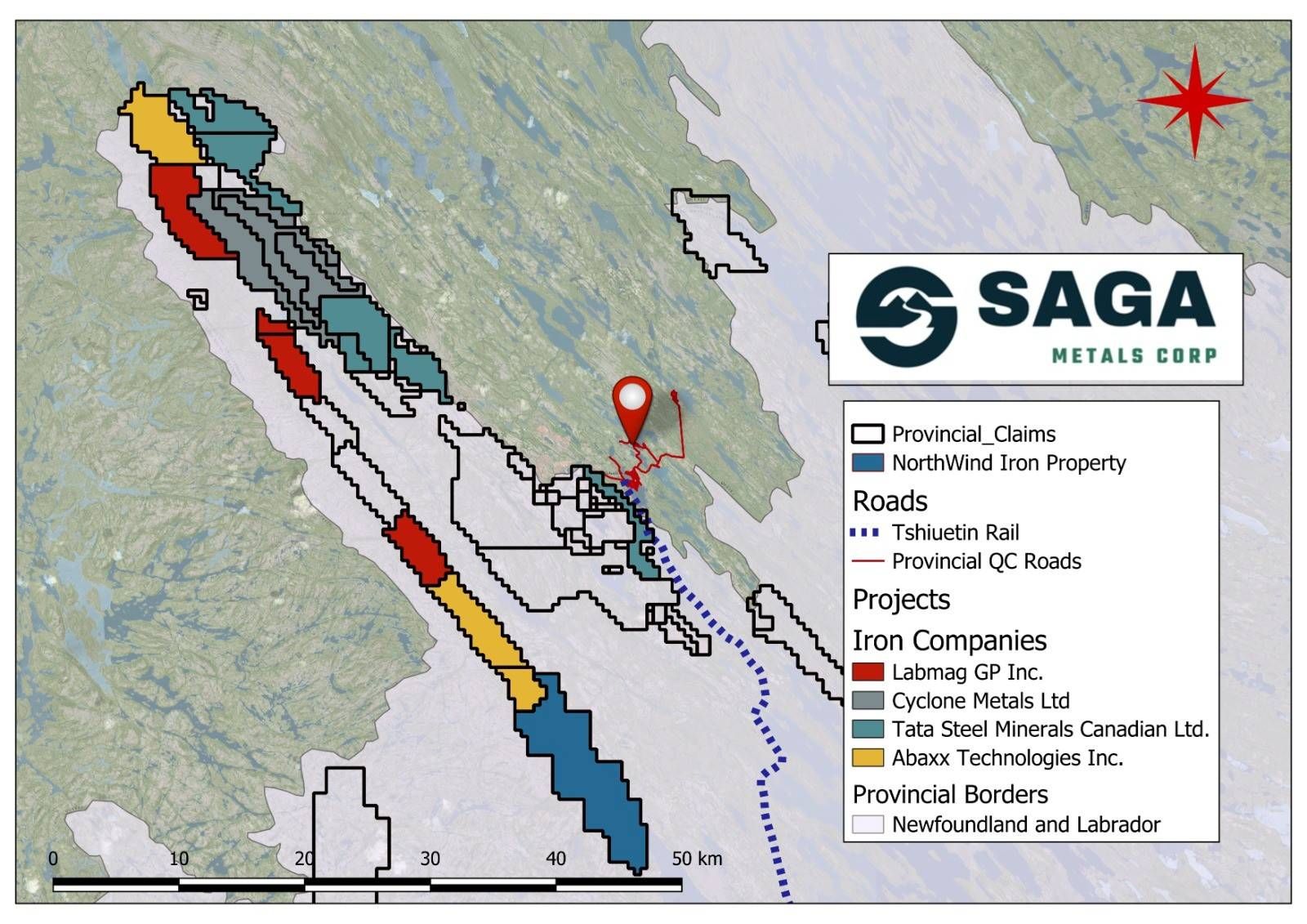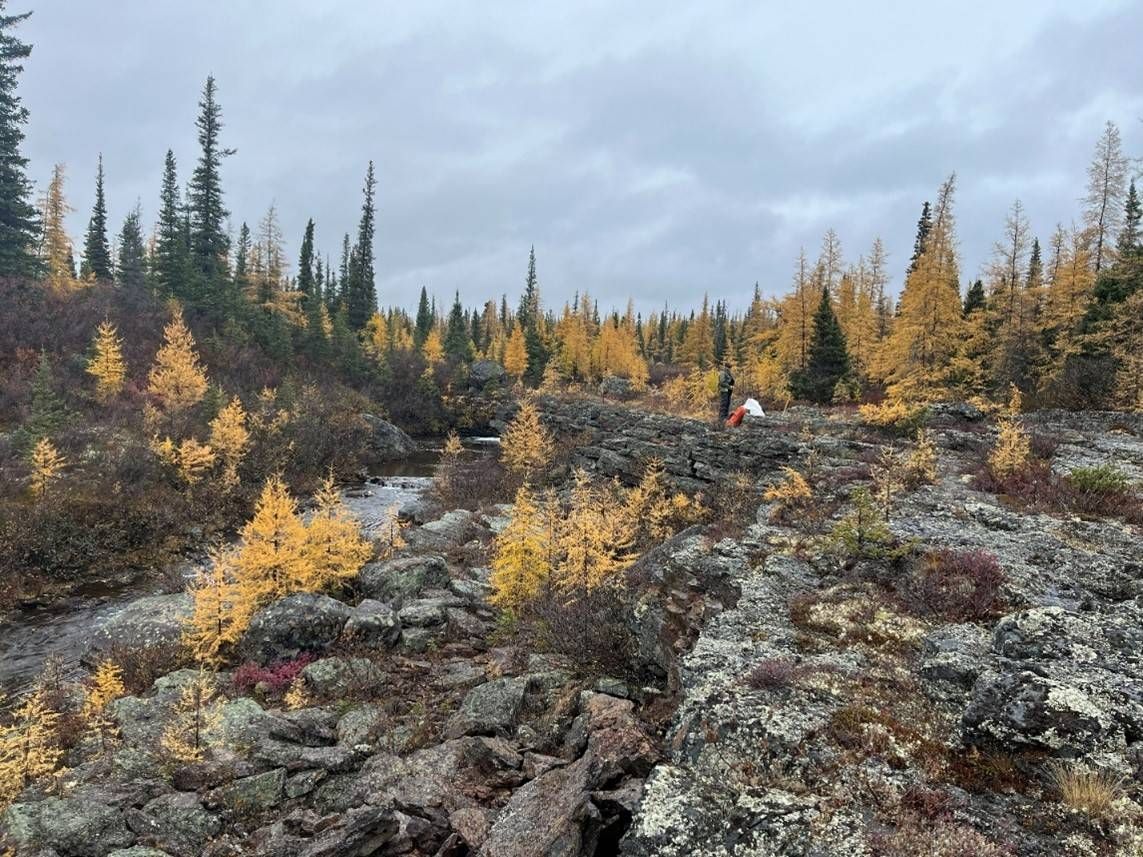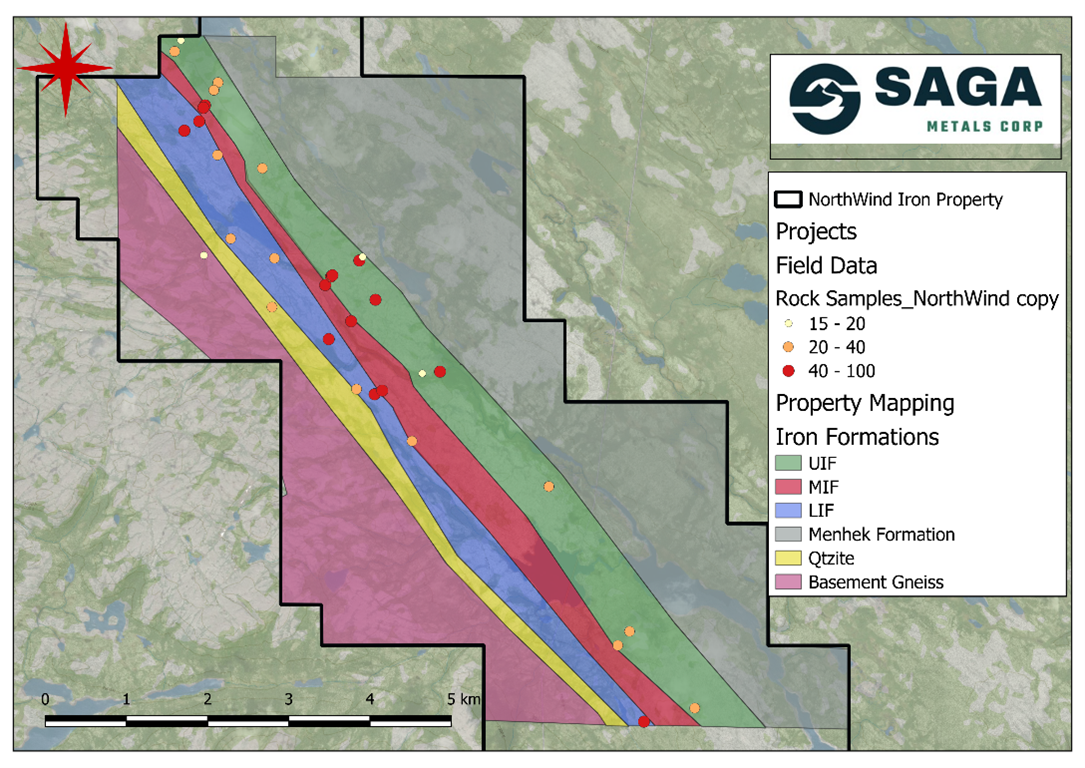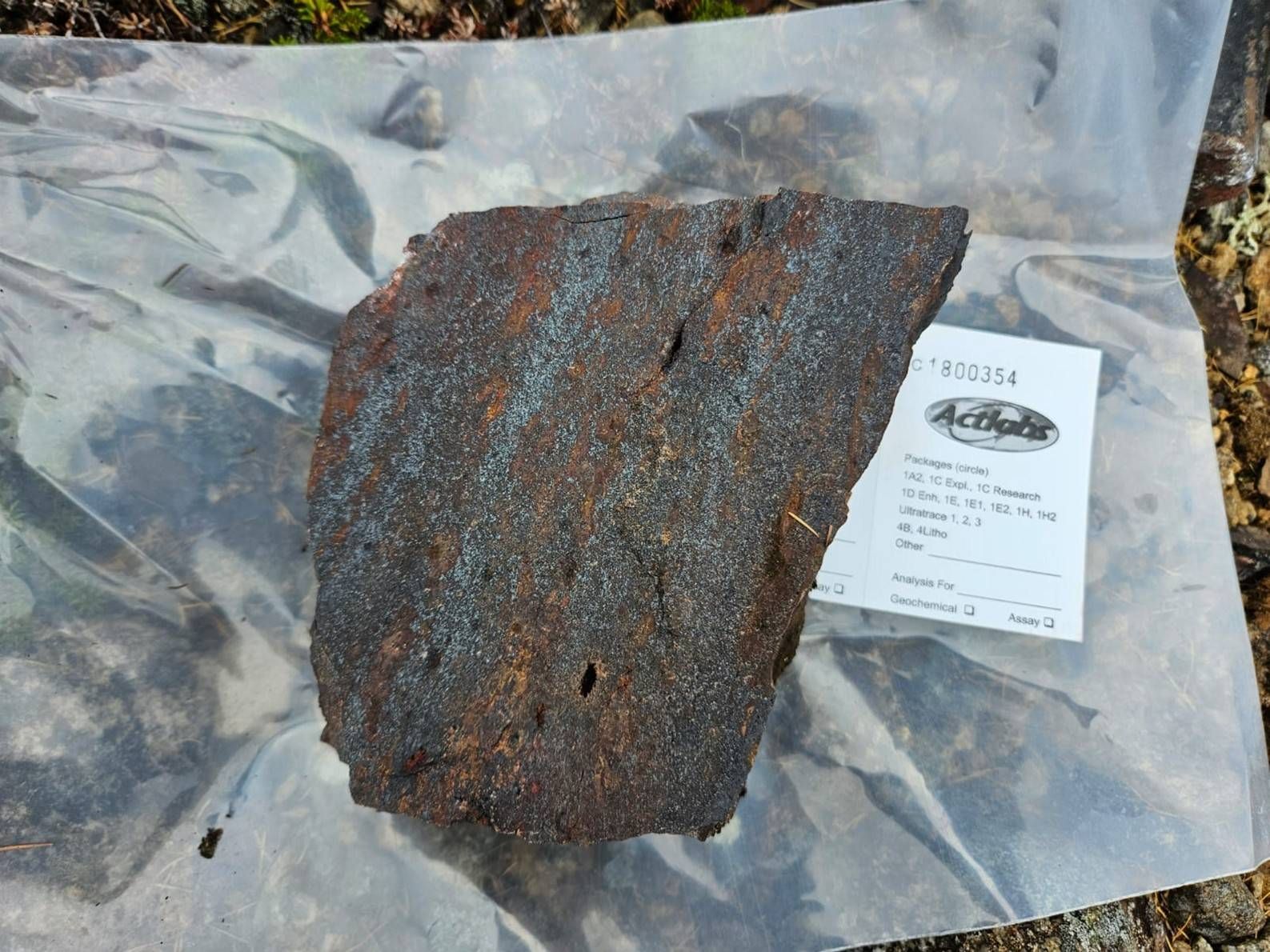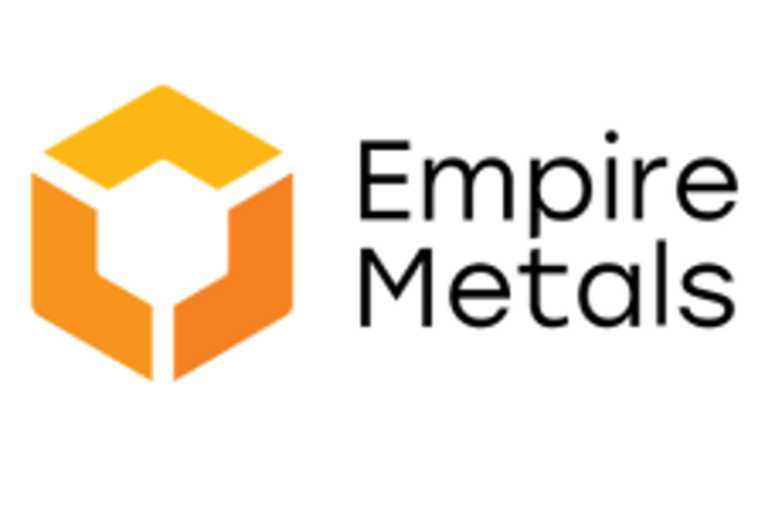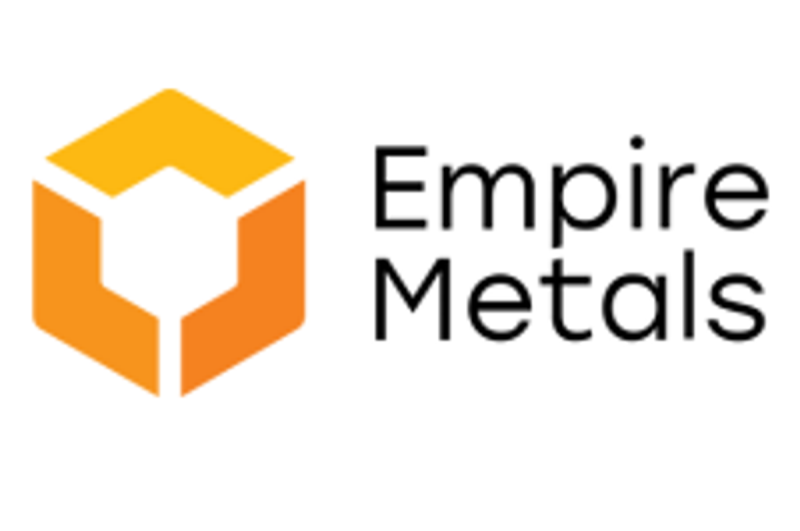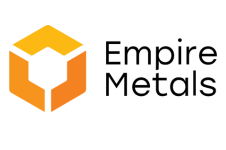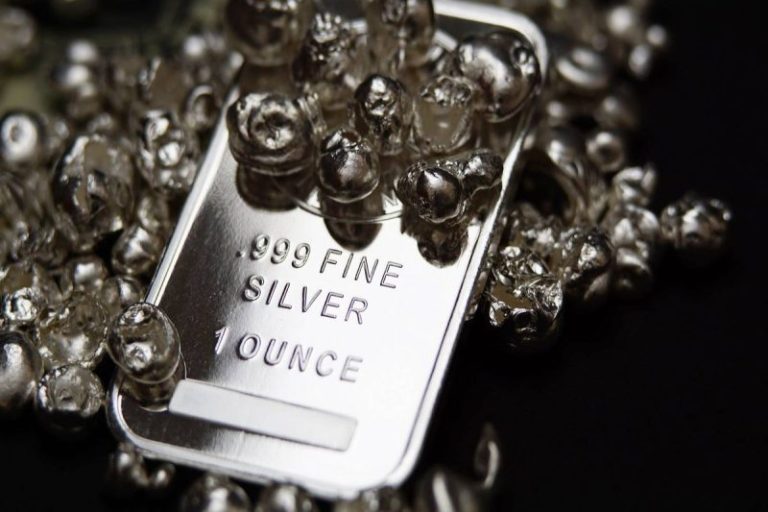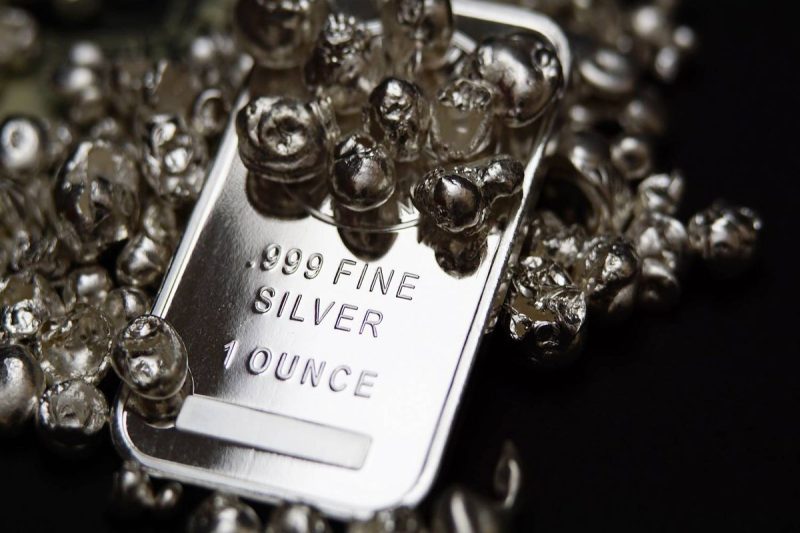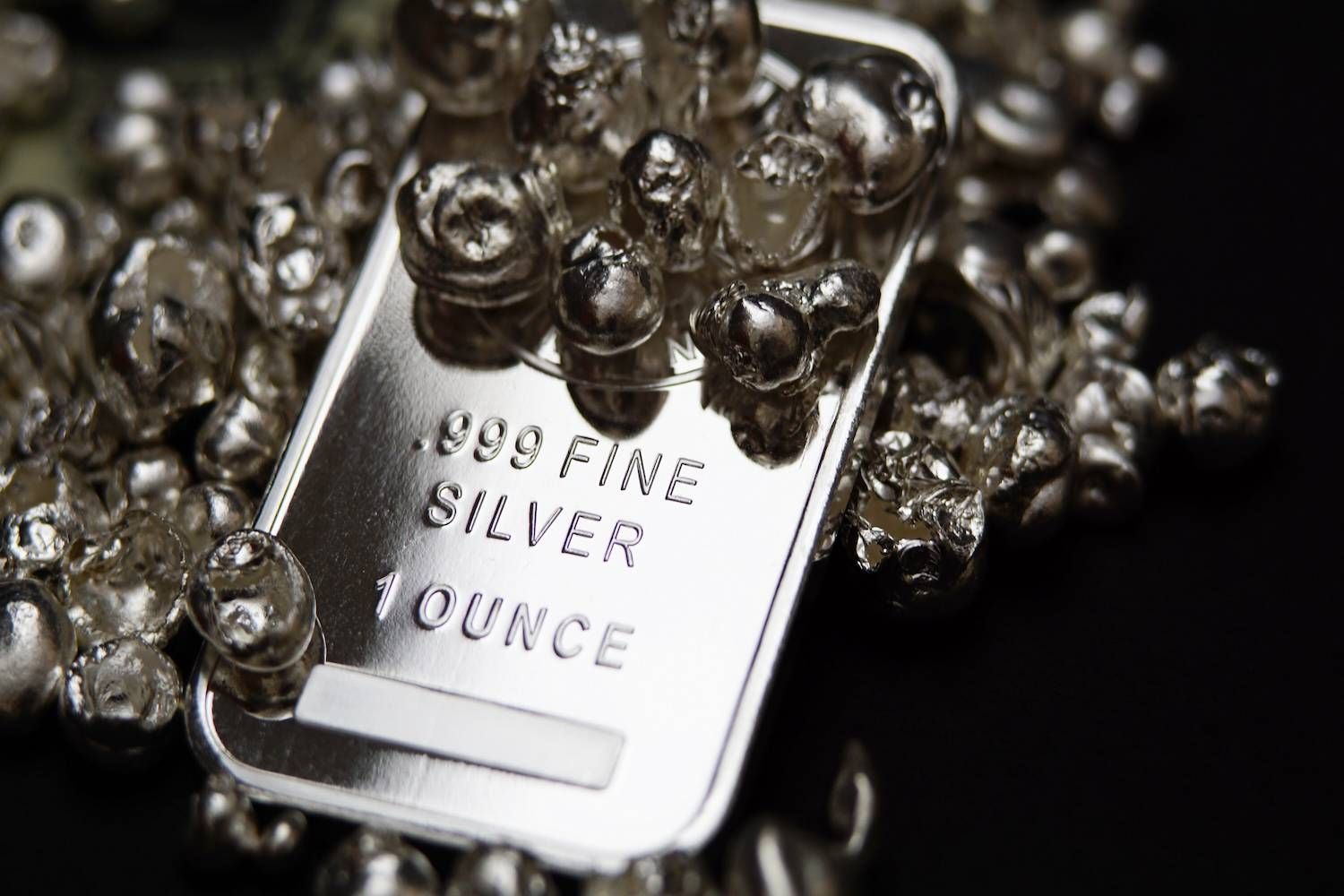
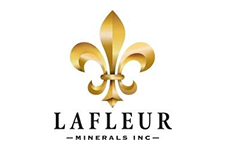
LaFleur Minerals Inc. (CSE: LFLR,OTC:LFLRF) (FSE: 3WK0) (‘LaFleur Minerals’ or the ‘Company’ or ‘Issuer’) is pleased to announce that, further to its news releases dated December 15, 2025, and December 16, 2025, the Company has completed its previously announced non-brokered private placement of units of the Company (the ‘LIFE Units’) at a price of $0.50 per Unit under the Listed Issuer Financing Exemption (as defined herein) for an upsized amount and gross proceeds of $4,695,000 (the ‘LIFE Offering’). The Company also announces that it has closed its previously announced Flow-Through Offering (the ‘FT Units’) at a price of $0.60 per flow-through unit for an oversubscribed amount and gross proceeds of $2,205,421.
With both these financings closed, upsized due to demand and oversubscribed, LaFleur is now funded for the restart of its Beacon Gold Mill, intending to source mineralized material from its nearby Swanson Gold Project, and starting with an estimated 10,000-20,000 metric tons (mt) of mineralized stockpiles remaining on the site of its wholly-owned Beacon Gold Mill.
FMI Securities Inc. acted as a special advisor and selling group member on the closed LIFE and FT Offerings, along with participation from other key investment banks and advisory firms such as Red Cloud Securities Inc., Ventum Financial Corp., Canaccord Genuity Group Inc., Research Capital Corp., Raymond James Ltd. and Stonegate Securities Ltd.
Beacon Gold Mill: A Strategic, High-Value Infrastructure Asset
The Company is uniquely positioned as one of the few junior gold companies in Canada that owns a fully permitted, existing gold mill, providing a clear pathway to cash flow without the long timelines, dilution, and capital intensity typically associated with mill construction. The completion of these financings materially de-risks LaFleur’s business model, enabling the Company to advance directly into gold production at its Beacon Gold Mill while simultaneously unlocking value from its nearby Swanson Gold Project. This vertically integrated strategy allows LaFleur to control the full value chain, from mineralized material to doré, creating the potential for early revenue generation, margin capture, and shareholder value accretion.
LaFleur’s wholly-owned Beacon Gold Mill represents a rare and highly strategic asset within the Abitibi Gold Belt. The 750 tpd mill is fully constructed, in good condition, permitted, historically proven, and ready for restart of operations, significantly reducing execution risk and capital requirements compared to greenfield development scenarios. With funding now secured, the Company intends to restart mill operations and advance toward gold production, with impending Preliminary Economic Assessment (‘PEA’) results expected mid-January, positioning LaFleur as the newest producer in one of the world’s most prolific gold districts. Led by Environmental Resources Management (ERM), a global mining, sustainability, and environmental consulting firm with extensive technical mining expertise, the PEA is conducted for the purpose of evaluating the restart of gold production at LaFleur’s wholly-owned and recently refurbished Beacon Gold Mill using mineralized material from its nearby Swanson Gold Deposit, both located in the recognized mining camp of Val-d’Or, Québec. Ownership of the Beacon Gold Mill provides LaFleur with operational flexibility and optionality, including the ability to process mineralized material from its own project and potentially third-party feed from regional deposits, creating additional revenue opportunities beyond its core assets.
Swanson Gold Project: High-Grade Feed Potential Close to the Mill
The Swanson Gold Project, located in close proximity to the Beacon Gold Mill, is a cornerstone of LaFleur’s production strategy. The project hosts various showings of high-grade gold mineralization within the Abitibi Greenstone Belt, positioned in an area renowned for producing over 200 million ounces of gold historically. The Company plans to advance Swanson as a primary source of mill feed, leveraging short haul distances to reduce operating costs and enhance project economics. With funding in place, LaFleur can aggressively advance exploration and development activities at Swanson, targeting the definition of near-surface, high-grade zones that could be rapidly transitioned into production. This approach supports a low-capex, staged production model designed to generate cash flow while continuing to grow the resource base.
Beacon-Swanson Synergy: A Clear Path to Value Creation
The combination of a wholly-owned, restart-ready gold mill and a nearby, district-scale gold project with high-grade potential, positions LaFleur Minerals as a differentiated junior gold company with a clear and executable growth strategy. Being funded enables the Company to move decisively toward production, reduce financing risk, and focus on operational execution. Management believes this milestone places LaFleur in a strong position to deliver near-term production, establish cash flow, and build a scalable gold platform in Québec, creating long-term value for shareholders as the Company advances toward becoming a sustainable gold producer.
Financing Details
Each Unit of the LIFE Offering consists of one common share in the capital of the Company (a ‘LIFE Share‘) and one transferrable common share purchase warrant (a ‘LIFE Warrant‘). Each Warrant entitled the holder to purchase one additional common share at a price of $0.75 for a period of 36 months from the date of issuance. Subject to compliance with applicable regulatory requirements and in accordance with National Instrument 45-106 – Prospectus Exemptions (‘NI 45-106‘), the LIFE Offering was made to purchasers’ resident in all provinces of Canada, except Quebec, pursuant to the listed issuer financing exemption under Part 5A of NI 45-106 (the ‘Listed Issuer Financing Exemption‘). The securities offered under the Listed Issuer Financing Exemption are not subject to a hold period in accordance with applicable Canadian securities laws.
Each Unit of the Flow-Through Offering consists of one common share in the capital of the Company, to be issued as a ‘flow-through share’ within the meaning of the Income Tax Act (Canada) and the Taxation Act (Québec) (each, a ‘FT Share‘), and one transferrable common share purchase warrant (a ‘FT Warrant‘). Each Warrant entitled the holder to purchase one additional common share at a price of $0.75 for a period of 24 months from the date of issuance. The Warrants are subject to an accelerated expiry upon thirty (30) business days’ notice from the Company in the event the closing price of the Company’s common shares on the Canadian Securities Exchange (the ‘CSE‘) is equal to or above a price of $0.90 for fourteen (14) consecutive trading days any time after closing of the Offering.
In connection with the LIFE and FT Offerings, the Company paid an aggregate cash finder fee of $480,229.43 and issued an aggregate of 909,466 non-transferable finders’ warrants (each, a ‘Finder’s Warrant‘). Each Finder’s Warrant entitles the holder to acquire one common share in the capital of the Company at a price of $0.75 each for a period of 24 months from the date of issuance, all in accordance with the policies of the CSE.
The gross proceeds from the LIFE Offering will be used for the advancement of exploration initiatives at the Company’s Swanson Gold Project and for operational purposes for the restart of gold production operations at the Company’s wholly-owned Beacon Gold Mill, in addition to working capital and general corporate expenses.
This news release is not an offer to sell or the solicitation of an offer to buy the securities in the United States or in any jurisdiction in which such offer, solicitation or sale would be unlawful prior to qualification or registration under the securities laws of such jurisdiction. The securities referred to in this news release have not been, nor will they be, registered under the United States Securities Act of 1933, as amended (the ‘U.S. Securities Act’), and such securities may not be offered or sold within the United States or to, or for the account or benefit of, U.S. persons absent an exemption from registration under the U.S. Securities Act and applicable U.S. state securities laws. ‘United States’ and ‘U.S. person’ are as defined in Regulation S under the U.S Securities Act.
About LaFleur Minerals Inc.
LaFleur Minerals Inc. (CSE: LFLR,OTC:LFLRF) (FSE: 3WK0) is focused on the development of district-scale gold projects in the Abitibi Gold Belt near Val-d’Or, Québec. Our mission is to advance mining projects with a laser focus on our resource-stage Swanson Gold Deposit and the Beacon Gold Mill, which have significant potential to deliver long-term value. The Swanson Gold Project is approximately 18,304 hectares (183 km2) in size and includes several prospects rich in gold and critical metals previously held by Monarch Mining, Abcourt Mines, and Globex Mining. LaFleur has recently consolidated a large land package along a major structural break that hosts the Swanson, Bartec, and Jolin gold deposits and several other showings which make up the Swanson Gold Project. The Swanson Gold Project is easily accessible by road allowing direct access to several nearby gold mills, further enhancing its development potential. Lafleur Mineral’s fully refurbished and permitted Beacon Gold Mill is capable of processing over 750 tonnes per day and is being considered for processing mineralized material at Swanson and for custom milling operations for other nearby gold projects.
ON BEHALF OF LaFleur Minerals INC.
Paul Ténière, M.Sc., P.Geo.
Chief Executive Officer
E: info@lafleurminerals.com
LaFleur Minerals Inc.
1500-1055 West Georgia Street
Vancouver, BC V6E 4N7
Neither the Canadian Securities Exchange nor its Regulation Services Provider accepts responsibility for the adequacy or accuracy of this news release.
Cautionary Statement Regarding ‘Forward-Looking’ Information
This news release includes certain statements that may be deemed ‘forward-looking statements’. All statements in this new release, other than statements of historical facts, that address events or developments that the Company expects to occur, are forward-looking statements. Forward-looking statements are statements that are not historical facts and are generally, but not always, identified by the words ‘expects’, ‘plans’, ‘anticipates’, ‘believes’, ‘intends’, ‘estimates’, ‘projects’, ‘potential’ and similar expressions, or that events or conditions ‘will’, ‘would’, ‘may’, ‘could’ or ‘should’ occur. Forward-looking statements in this news release include, without limitation, statements related to the anticipated use of proceeds from the LIFE Offering. Although the Company believes the expectations expressed in such forward-looking statements are based on reasonable assumptions, such statements are not guarantees of future performance and actual results may differ materially from those in the forward-looking statements. Factors that could cause the actual results to differ materially from those in forward-looking statements include market prices, continued availability of capital and financing, and general economic, market or business conditions. Investors are cautioned that any such statements are not guarantees of future performance and actual results or developments may differ materially from those projected in the forward-looking statements. Forward-looking statements are based on the beliefs, estimates and opinions of the Company’s management on the date the statements are made. Except as required by applicable securities laws, the Company undertakes no obligation to update these forward-looking statements in the event that management’s beliefs, estimates or opinions, or other factors, should change.
THIS NEWS RELEASE IS NOT FOR DISTRIBUTION TO U.S. NEWSWIRE SERVICES FOR DISSEMINATION IN THE UNITED STATES

To view the source version of this press release, please visit https://www.newsfilecorp.com/release/279262

News Provided by Newsfile via QuoteMedia


